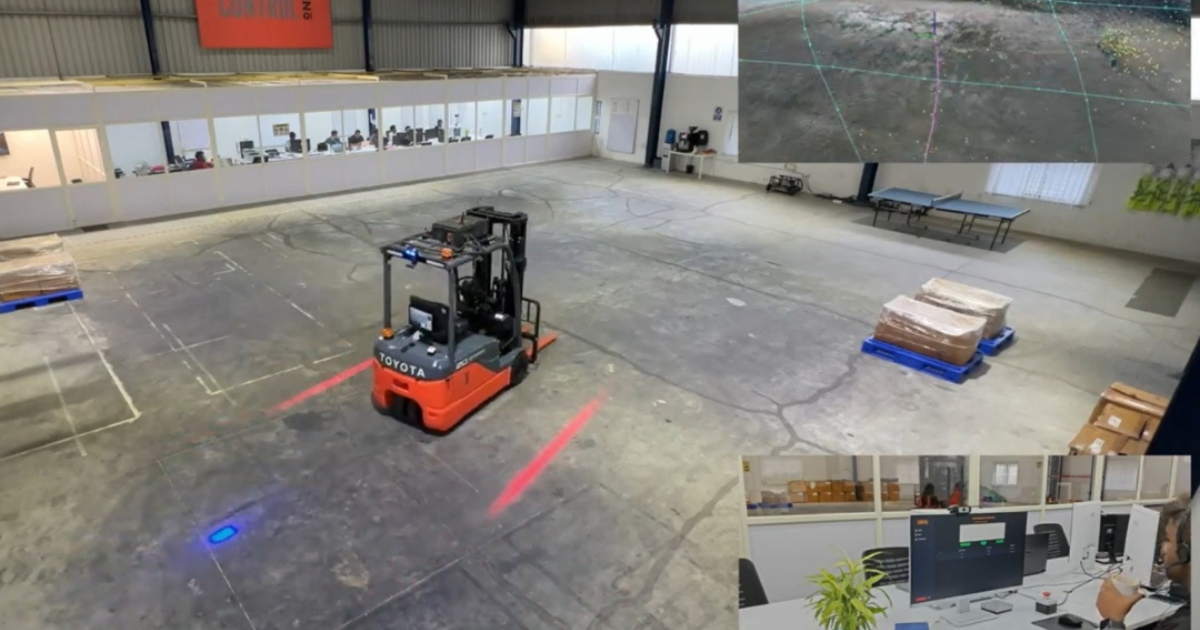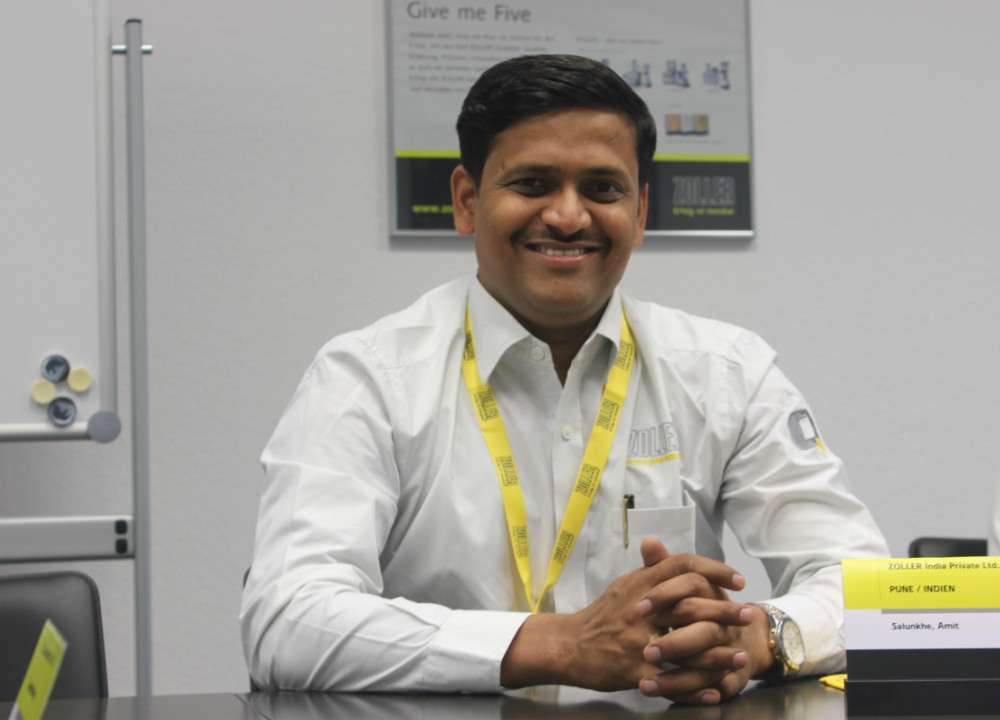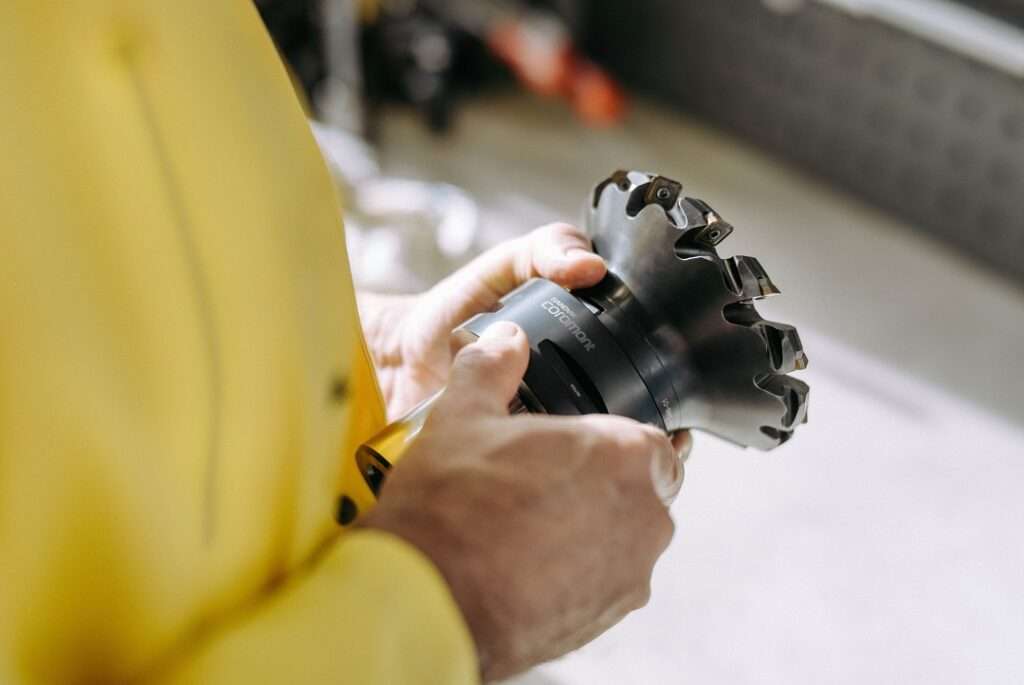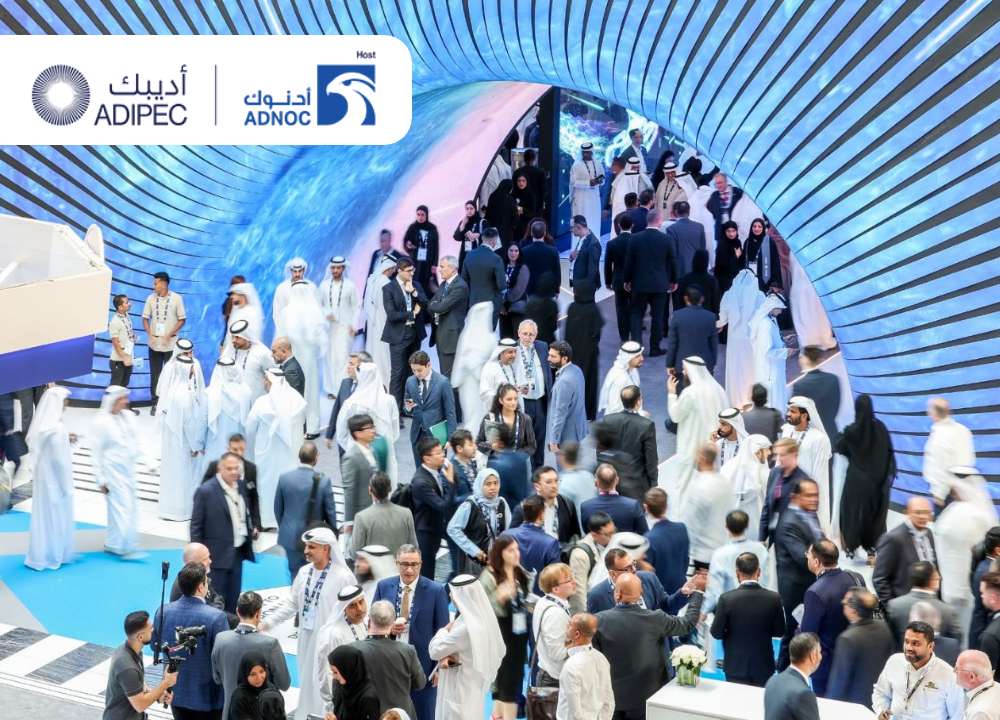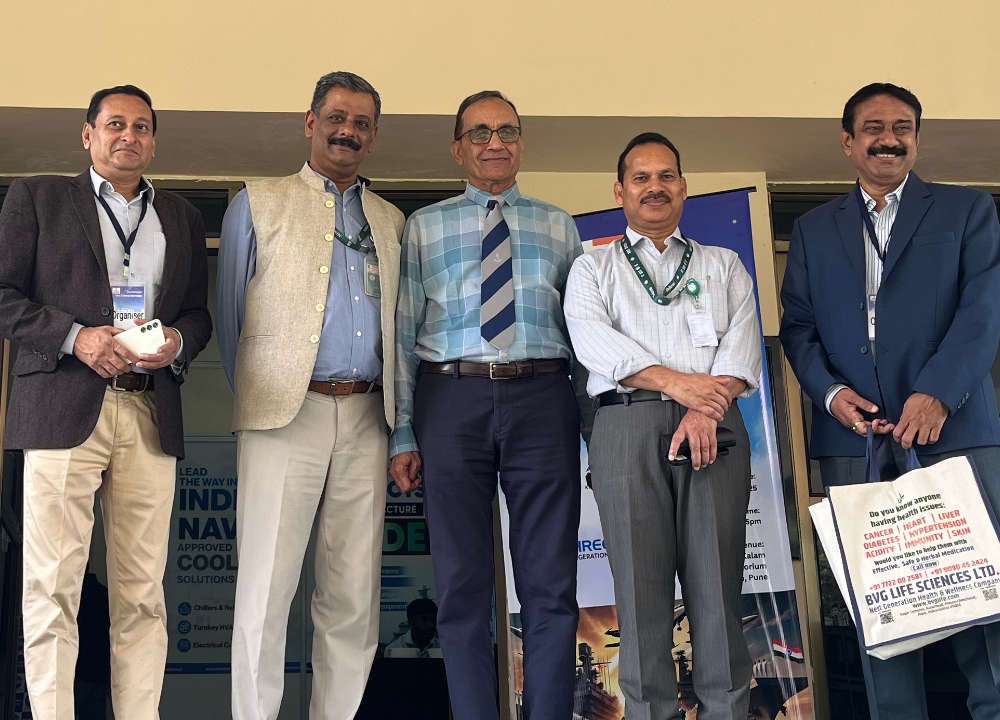With the next wave of Artificial Intelligence moving beyond screens to physical reality, global progress is rapidly advancing, including promising developments in India.
For a while now, Artificial Intelligence has been disrupting industries and rewriting the rules in unimaginable ways, with terms like “generative AI” having made their way into common vernacular. You might have thought the breakthroughs so far have been impressive, but the real show is only just beginning. In fact, the spotlight is now already turning to a new frontier: Physical AI.
According to NVIDIA’s CEO Jensen Huang, “The next wave of AI is physical AI.” This new phase of AI is not solely about processing data or making predictions. Rather, it’s about enabling machines to interact with the real world in ways that mimic or even surpass human capabilities. This means we’re on the cusp of seeing AI transition from disrupting the digital realm into a tangible force set to make ripples in the physical world.
From Digital to Physical
Artificial Intelligence has evolved through a series of transformative phases, each pushing the boundaries of what AI can achieve – and, more importantly, what humans can achieve. Huang explains that the journey began with generative AI, the first wave that revolutionized the field. This phase introduced groundbreaking technologies capable of creating new content based on learned patterns from existing data. Pioneering companies like OpenAI, Anthropic, Google, and Microsoft, have been at the forefront of this revolution, developing models that generate text, images, and even software code. Generative AI has significantly impacted various domains, from automating content creation to enhancing design and development processes.
The next wave is enterprise AI, which focuses on applying AI to improve productivity and operational efficiency within businesses. NVIDIA envisions giving every organization the ability to create their own AIs, helping everyone do better work by collaborating with AI. Enterprise AI leverages the advancements made by generative AI to automate workflows, enhance customer service with chatbots, and optimize decision-making processes. The goal here is to make AI practical and beneficial for enterprise environments, where it can streamline operations and boost overall performance.
Perhaps the most extraordinary phase, however, is physical AI. In their paper for the Nature Machine Intelligence journal, AI experts Dr Mirko Kovac and Dr Aslan Miriyev define physical AI as “the theory and practice of creating physical systems capable of performing tasks that are typically associated with intelligent organisms.”Unlike its predecessors, physical AI integrates artificial intelligence into machines that interact with the real world. Kovac and Miriyev explain that it involves the confluence of five main disciplines, i.e. materials science, mechanical engineering, computer science, biology and chemistry.
The Era of Physical AI
This next step in the evolution of AI is one that Huang believes is “really, really quite extraordinary.” It goes beyond data processing and content generation, integrating artificial intelligence into machines that can interact with the physical world. Physical AI involves creating systems that understand and operate within the laws of physics, enabling them to navigate, manipulate, and respond to their environments in real-time. Huang describes it as “AI that understands the laws of physics, AI that can work among us.” Physical AI is set to transform how technology interacts with our daily lives, moving from the confines of the virtual world into performing complex, tangible, real-world applications.
Physical AI agents represent a significant leap forward from traditional robotics and automation, which largely rely on pre-programming and fixed instructions. Physical AI agents, in contrast, are designed to react dynamically, with adaptability that enables them to handle the unexpected changes and complex scenarios the real world throws at us. Conventional robotic systems tend to struggle in an unfamiliar situation, whereas physical AI agents can observe and process edge cases just like a human (or any intelligent organism) would, learning and adapting to improve their performance over time. Additionally, physical AI enables more intuitive interactions between machines and humans since they can understand and respond to human commands and environmental cues in a more natural and effective manner.
Beyond Just Humanoids
With robots from Boston Dynamics showing off their moves and humanoid bots like Tesla’s Optimus and Figure making headlines, it’s no surprise that many people think physical AI is synonymous with humanoid robots. But while many physical AI models will embody humanoid robots (and yes, some of them with impressive dance routines), the technology extends far beyond to different form factors such as autonomous vehicles, industrial robots, and other machines.
For example, closer to home, Bangalore-based startup Control One recently emerged from stealth mode with India’s first physical AI agent, i.e. an autonomous forklift for warehouse environments. Powered by One AI – the company’s operating system that converts field-proven, slow-moving equipment into technologically advanced physical AI agents – Control One is poised to revolutionize how machines interact with their environments. One AI is a groundbreaking Vision-to-Action model that incorporates the concept of digital twin technology to understand and recall the environment, similar to humans. It converts traditional systems into physical AI agents that can view, process, and respond in real time to changing environments by providing unmatched capabilities in real-time decision-making. Control One’s progress so far can be viewed in a recently released video, demonstrating their physical AI agent’s capabilities, where the AI agent is taking inputs from an operator via simple voice commands.
Control One is currently focusing on warehouse equipment such as pallet movers and forklifts, and will eventually expand into segments such as security, services, and more. According to Pranavan S, the startup’s Founder and CEO, “Our team has successfully integrated our operating system into a forklift, transforming it into an advanced physical AI agent capable of identifying and interacting with its environment, including warehouse properties like pallets, racking, and pillars. Considering the ever-evolving nature of AI technology, we are actively developing additional features and continually refining the system, committed to constantly enhancing the capabilities of our Vision-to-Action model.”
The Road Ahead
As we stand on the precipice of this new era, the impact of physical AI is poised to be transformative, and sure to seamlessly integrate into nearly every aspect of our lives. After all, as Dr. Aslan Miriyev points out, the true idea of Industry 5.0 is grounded in real human-robot interaction, which today’s widely commercialized solutions have fallen short of due to technological limitations. However, physical AI means limitless opportunities for a technology capable of co-living and co-working with people. This could be in industrial automation, healthcare, education, security, disaster management, or virtually any industry where intelligent collaboration is key.
Taking it a step further, Dr Mirko Kovac envisions a future where robotics becomes the very “fabric of our physical world and a digital tissue of our infrastructure and cities” (Source), predicting that the term “robotics” may even disappear as synthetic intelligence becomes a natural part of our everyday existence.
While it may seem like the stuff of sci-fi flicks, the hope is that physical AI does not just become omnipresent for the sake of it, but that it will address genuine challenges to improve the quality of life in a way that is accessible to everyone. With technology literally moving beyond our screens, AI’s integration into the physical world has the potential to deliver meaningful, practical, and tangible benefits that enhance the experience of humankind like never before.


